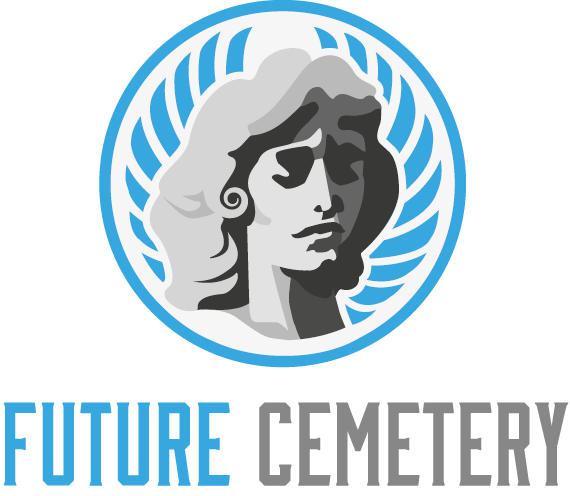A cemetery’s design needs to be able to serve all visitors. Whether they come to the Cemetery for traditional burial or cremation services, a good design concept should be able to provide them with a space that evokes positive emotions and comfort.
Architectural design is a process of understanding the cemetery’s needs and mapping out areas that include buildings, sections and paved paths. Some important elements of cemetery design include:
Circulation
A cemetery is a unique space that requires responsive design that honors the existing setting. The landscape must be comfortable to move through without being overly imposing. It must also be accessible and allow visitors to connect with their loved ones in a meaningful way.
The trend towards cremation allows for more land efficient burials that fit seamlessly into the fabric of a cemetery’s historic site. Many cemeteries now provide columbarium walls that house the urns of deceased family members.
Choosing the right materials and colors is critical to a successful design. Using neutral tones that blend into natural surroundings creates a calming and inviting environment.
Light
Light is a critical component of cemetery design, not only for safety and security but also to create a welcoming environment that facilitates reflection and remembrance. Many families are choosing solar power lights for grave illumination, as they provide a dignified and sustainable option that can be personalized to reflect their loved ones’ preferences.
These lights help to illuminate pathways and highlight headstones, ensuring that visitors can safely navigate the cemetery at night. They are available in a variety of styles, from lantern designs to subtle ground lights, and can be installed without the need for extensive electrical work.
Biomimicry
There’s a reason we hear that “nature will always work itself out.” Nature is capable of finding durable solutions to problems.
Engineers can learn from nature’s time-tested strategies to design innovative products, including green burial practices. These techniques take inspiration from natural decomposition processes, allowing bodies to return to the earth without harmful chemicals or non-biodegradable materials.
For example, the cap of a biological urn mimics seed structures to prevent oxidation and hydrates the body for a quick return to the earth. We also see biomimicry in the aerodynamics of a bullet train inspired by kingfisher beaks and self-cleaning surfaces modeled after lotus leaves.
Sustainability
Cemeteries should work with the site’s natural systems to positively impact water and wildlife. This can be done by incorporating drainage ways that utilize existing topography, developing forestry where possible, using rain gardens and capturing runoff within landscape features.
Considering cultural and historical elements in architecture can also help to create a space that speaks to the community. Adapting vernacular architecture can be an efficient and sustainable way to use local building materials, construction techniques and historic forms. The shift to cremation is a trend that also supports environmental sustainability, as it limits land use and eliminates pollution from embalming fluids and metal caskets.
Accessibility
Providing wheelchair-accessible paths throughout the cemetery is vital for visitors with mobility issues. This ensures that everyone can visit grave sites, memorial services and funerals.
Cemetery designers use local cultures and religions to guide the design process, helping families and visitors connect with the space and find comfort. This also includes considering the impact of ambient noise and other environmental factors.
The landscape is an important component of cemetery design, with many different styles being used. One of the most popular is naturalistic, featuring lush gardens and trees that define outdoor spaces. Another popular option is traditional, which focuses on geometric paths and uniform headstones that provide a sense of equality.
Signage
Signage is a crucial aspect of cemetery design. It helps visitors find their way around the grounds and provides them with important information. It also contributes to the overall aesthetic of the cemetery.
Typical signage for a cemetery includes directional arrows and identification signs. These signs should be scaled for pedestrians and be designed to be readable at a distance.
The signage in a cemetery must be readable, concise, and understandable. It should also be consistent and easy to read. Signs should also be able to stand up to the weather.
Landscaping
Landscape plays a key role in cemetery design, offering an opportunity to add beauty and comfort for visitors. Incorporating trees, shrubs, flowers and other landscape elements can make a cemetery more inviting.
Landscaped gathering areas are a popular cemetery feature, offering a place for families and friends to connect and heal together. These areas can also be used for memorial events and seasonal remembrances.
Cemetery landscaping is an extensive undertaking, requiring maintenance for both hardscapes and softscapes. Lawns must be mowed, trees pruned, and plants incorporated throughout the year to ensure that they look their best.
